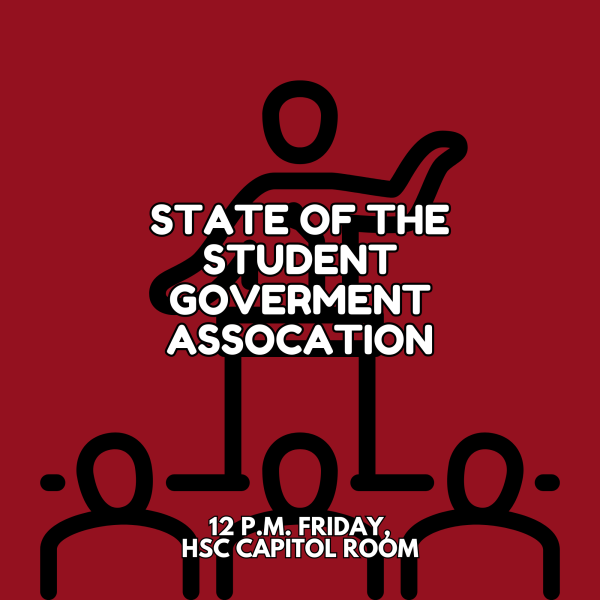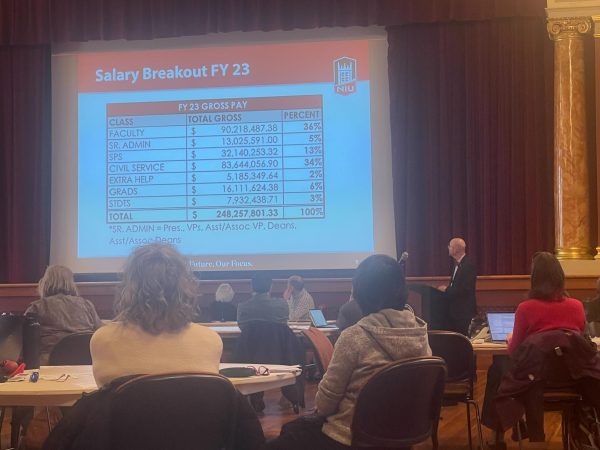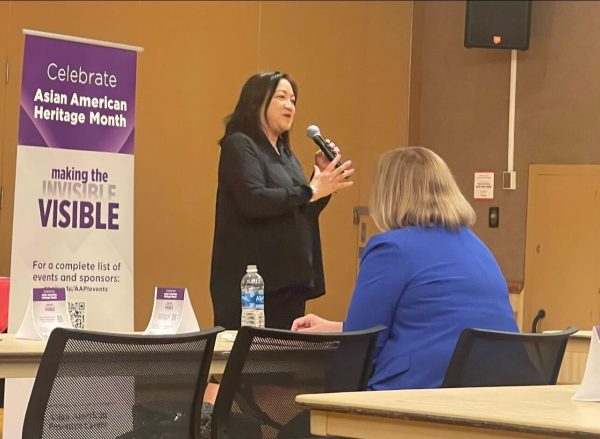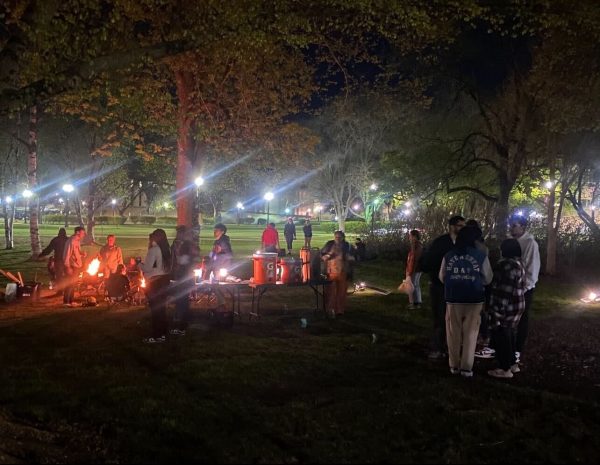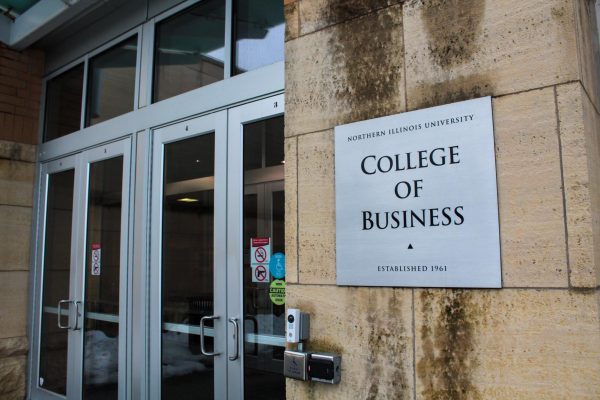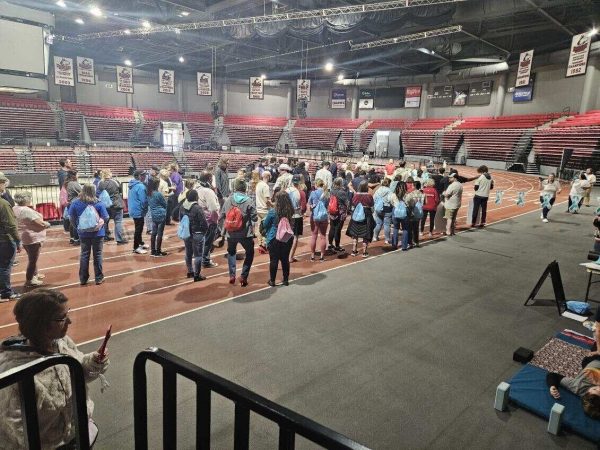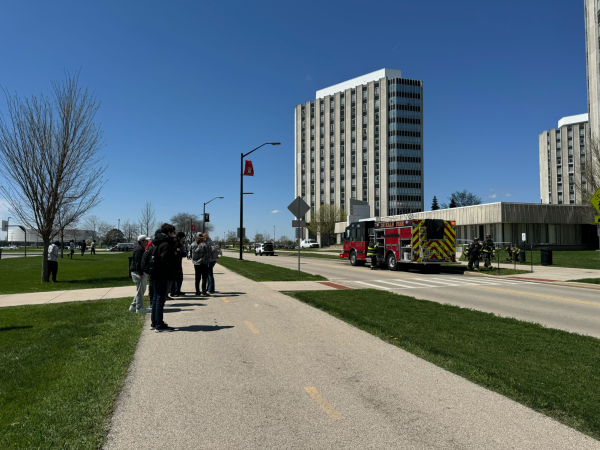Under the lens: A look at DeKalb crime
November 16, 2017
Crime Under The Lens is a two-part series that investigates the recent increase of violence in DeKalb and its affect on residents.
DEKALB – More than a week has passed since the sound of gunshots rang out on the northwest side of DeKalb, but the gun violence remains on the minds of residents and police alike.
The DeKalb Police Department reported 1,670 serious crimes, labeled part I, in its 2016 Annual Report. The report also reflected an increase between 2014 and 2016 in its part II deadly weapon offenses, a jump from 25 to 79. There have been 18 shooting between Aug. 29, when the semester started, and Oct. 30, according to documents provided by the DeKalb Police Department.
Crime in DeKalb may have a nuanced culprit: of a city with nearly 43,200 residents, 32 percent live in poverty, according to the Census Bureau. Just a couple of miles away in Sycamore, the poverty rate is at 8.6 percent.
“Our community has a high level of poverty,” said Gene Lowery, DeKalb Police Department chief. “With poverty comes a host of tragic stories.”
The DeKalb Police Department has been investigating the gun violence and its connection to gang- and drug-related incidents with assistance from the Illinois State Police, DeKalb County Sheriff’s Office, NIU Police Department, Sycamore Police Department, Aurora Police Department, the DeKalb County State’s Attorney’s Office and other area police agencies, according to a Nov. 3 DeKalb Police Department press release.
The collaborative investigation has led to the arrest of two suspects in connection to an Oct. 20 Greenbrier Road shooting incident, and an additional suspect has a warrant for his arrest.
The police department also issued five arrest warrants for reckless discharge of a firearm, unlawful possession of a firearm, aggravated discharge of a firearm and other weapons offenses in connection to other crimes connected to the recent violence.
Police officials have linked a growing list of warrants and arrests to gang and drug activity, but some residents believe the incidents are the result of NIU students or public housing residents in the northwest corridor.
Neighborhoods and student role
Lowery said the decrease in NIU enrollment has had an effect on the neighborhood that once housed a lot of the off-campus student population. Enrollment numbers have steadily declined since 2008, when 18,431 students attended NIU. That number dropped to 14,092 in 2016, according to the 2016-2017 NIU Data book.
The decrease in enrollment has created a surplus of properties on the north side of campus that has contributed to the destabilization of the neighborhood, Lowery said.
A 2013 DeKalb Housing Information Project attempted to analyze the city’s housing stock. The project found 56 percent of the dwellings in the city were rented, with 63 percent of overall rental properties located in five neighborhoods.
The five neighborhoods, located on the north west side of the city, had the lowest median age, as well as the lowest median household incomes and accounted for 52 percent of the quality of life threats, which are defined as “visual or audible disturbances…[that] include perceived lack of safety, deteriorating housing stock (age and condition), and/or declining home value,” according to the report. An additional 51 percent of personal safety threat incidents in 2011 were reported to have occurred in the neighborhoods and near the downtown area.
The area housing the high volume of rental properties also accounts for 65 percent of subsidized housing units in DeKalb and 27 percent of residents who receive Housing Choice Vouchers, which allow individuals or families to choose private housing options despite their low-income status.
“If I’m a house owner, it’s harder for me to up and leave,” Groves said. “If I’m a renter and I see the neighborhood decline, I can decide to not re-sign my lease.”
Billy McCoy, College of Business director of Ethics Education and Diversity Initiatives, said he believes the crime spike can be attributed to some students and a handful of people residing in public housing, as well as a lack of a state budget.
“People who come from urbanized areas bring their urbanized habits with them,” McCoy said. “And urbanized habits don’t bode well in small towns.”
McCoy, being someone who grew up in public housing, said he knows the experience of living in subsidized housing “doesn’t have to be negative,” and believes most people living in the voucher-accepted University Village, 722 N. Annie Glidden Road, aren’t responsible for the recent gun violence.
“There are some really great people who live in the Village,” McCoy said.
Potential market and recruitment option
DeKalb may be enticing to criminals and those who reside in developed, urban areas because of its potential drug sales and gang recruitment, said Jeremy Groves, Economics Department associate professor and director of graduate studies.
“If you’re a gang member, this is very much an untapped market for recruitment,” Groves said. “You may not be trying to recruit college students, but you can recruit the high school kids.”
Lowery said crime shouldn’t be viewed narrowly by focusing on public housing and students but should be approached broadly as it relates to gang violence and drug crimes..
There is a possibility the lack of a state budget for nearly three years also played a role and the increased crime. The lack of resources for social programs such as after-school programs doesn’t give children the structure they need to avoid gang recruitment, especially if they’re already impoverished, Grove said.
Lowery didn’t deny that some college students, being away from home for the first time, may get involved in crime. However, he said he believes the amount of time they spend committing offenses is short, and he often sees students as victims of crime rather than perpetrators.
“Both students and community members have skin in the game,” Lowery said. “There’s probably some culpability on both sides.”



